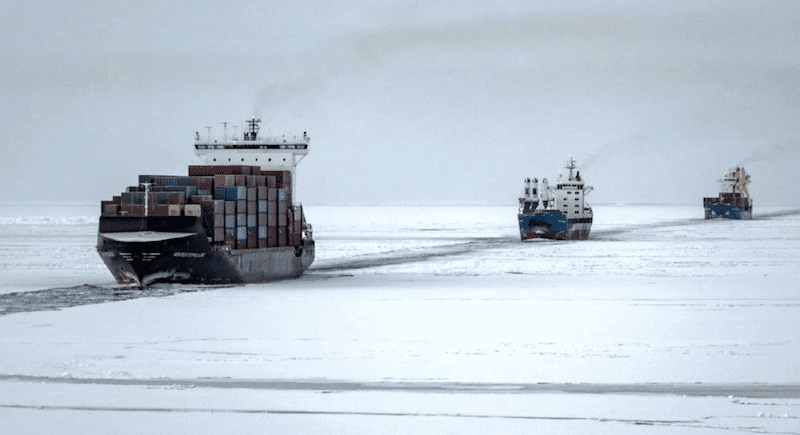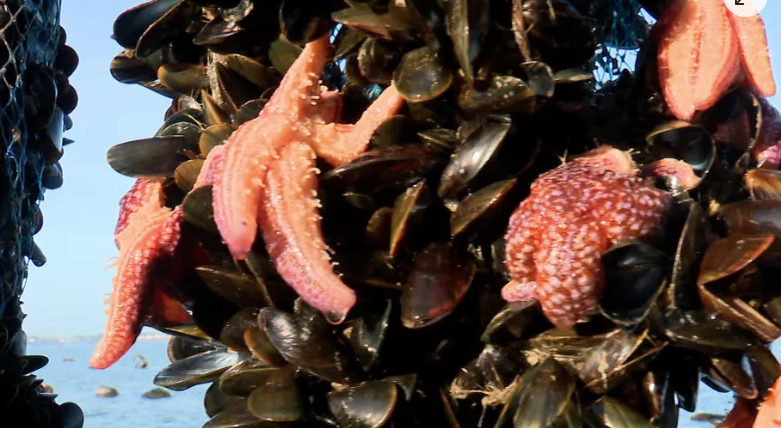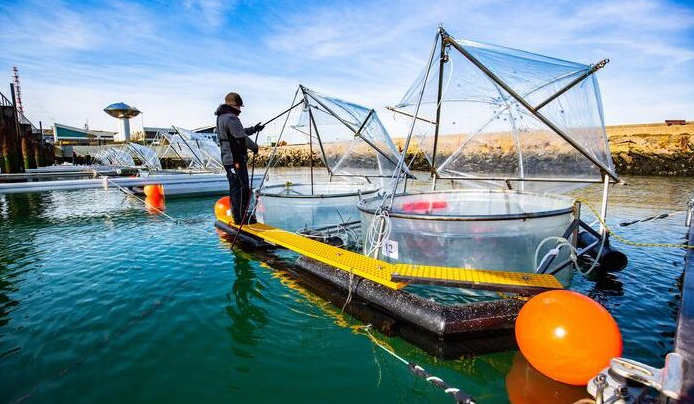The waters of Russia’s Northern Sea Route – a seasonal shortcut between Europe and Asia – look set to welcome record-level transit traffic this summer. The route’s administrator Rosatom has already issued nearly 200 permits to vessels looking to travel along parts or all of the route.
The majority are Russian-flagged ships engaged in delivering supplies into the Arctic. But a growing number of foreign-flagged LNG carriers, crude oil tankers, as well as box ships look slated to traverse the region this summer.
Thus far, Rosatom has issued permits to eight LNG carriers looking to provide services to Novatek’s Yamal LNG and possibly Arctic LNG 2 project. In contrast to the highly capable ice-class Arc7 LNG carriers calling at the port of Sabetta year-round, summer season will see multiple conventional LNGCs venture into the Arctic.
Non-ice class vessels Seapeak Yamal, LNG Dubhe, LNG Megrez, LNG Phecda, and LNG Merak have all received permission to operate independently in ice-free waters between July 1 and October 31, 2024 and in light ice conditions with icebreaker escort.
Another three carriers with limited ice-protection, Yenisei River, Clean Vision, and Lena River were approved for independent navigation in free or light ice conditions as well as above in case of escort.
Additional LNGCs are likely to follow as Novatek looks to revamp its export logistics following U.S. and EU sanctions.
During the summer 2023 Russia for the first time sent crude oil through the Arctic on non ice-class tankers. At least five conventional Suezmax tankers carried product from ports in the Baltics to destinations in China. Additional volumes were carried on vessels with ice protection combining for 1.5 million tons.
Russian officials already confirmed that they intend to continue and expand these operations this summer. Experts at the Center for High North Logistics foresee a doubling or even tripling of transit traffic over last year, with crude oil shipments identified as the key driver.
Uncertainty surrounding the turmoil in the Red Sea and resulting detours around Cape Horn could further boost the attractiveness of the 3,500 mile-long Arctic shipping lane. Seasonal ice conditions vary from summer to summer, but the route now routinely experiences week-long periods with little or no ice during the months of August, September, and October.
This increase in schedule predictability has brought the first container shipping operators into the region. Last year Chinese company NewNew Shipping completed seven services connecting Saint Petersburg to Shanghai and Tianjin in China and Busan in South Korea. The operator intends to increase its offering to a dozen voyages this summer.
As reported by gCaptain last week, the route will likely see its first-ever Panamex box carrier this summer. Operator Safetrans Line received a permit to send the 4,890 TEU vessel Flying Fish 1 on a Europe-Asia-Europe round trip in August and September.
Since Maersk’s first and only Arctic voyage in August 2018 – it sent the 3,600 TEU Venta Maersk from South Korea to Germany – most major box ship operators have publicly backed away from shipping via the Arctic. But the Northern Sea Route looks slated for additional ad hoc voyages.
Safetrans Line’s Flying Fish 1 routinely connects Saint Petersburg with ports in China via the Suez Canal. Given ongoing instability along the route, other niche operators may opt for seasonal detours via the Arctic.




